7 Best Grass Types for Columbia, South Carolina
BY FARAH NAUMAN | APRIL 4TH, 2023 | COLUMBIA, LAWN CARE, SOUTH CAROLINAOne of the most biodiverse places on the planet, our Columbia climate happens to be conducive to green, thick, lush landscapes. This creates a great opportunity for those trying to build a lawn here. Still, some grass types fare better than others here.
If you’re trying to breathe new life into a withering lawn or just repairing tired patches, try inviting one of these grass types into your yard.
Generally, South Carolina lawns favor warm-season grasses but a few cool-season grasses also manage to thrive here. Let’s take a more detailed look at your options so you can pick the right grass seed for your Columbia lawn.
In this article:
- 4 warm-season Grasses for Columbia
- 3 Cool-season Grasses for Columbia
- FAQ About Columbia Grass Types
- Choosing the Right Grass Type for Your Landscape
4 Warm-Season Grasses for Columbia
Warm-season grasses are hardy and grow best in summers. Planting them in your South Carolina lawn means having a naturally lush, green lawn from late spring to early fall – the growing season for warm-season grasses.
But once the temperature drops, you’ll have to work hard on your warm-season lawn to help it survive the cold. Here’s everything you need to know about the four most appropriate warm-season grasses for your Columbia landscape.
1. Zoysiagrass
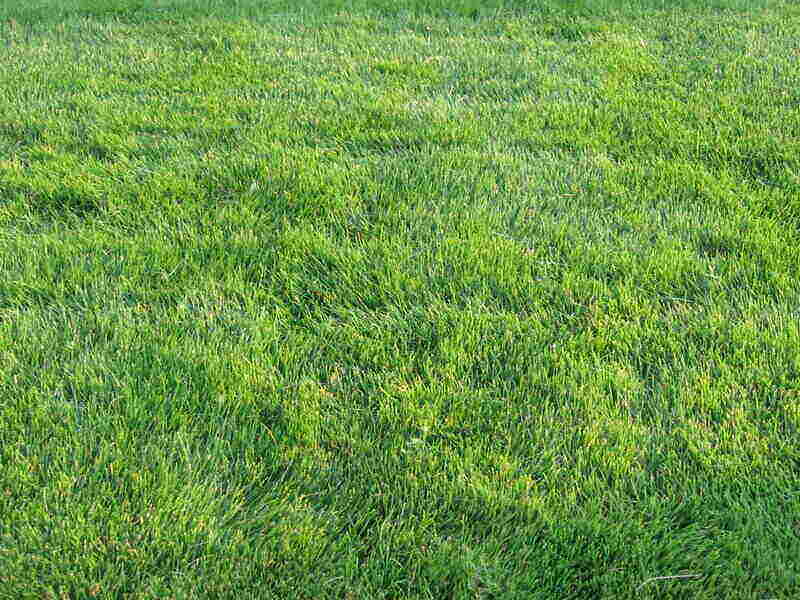
Photo Credit: Russbach at the English Wikipedia / Wikimedia Commons / CC BY-SA 3.0
This is a resilient, dense, warm-season turf that will keep your lawn green throughout the year. It develops a dark green color in summer that pales as the winter approaches.
Despite being a warm-season grass, Zoysiagrass stands up pretty well against the South Carolina cold. It can also withstand an impressive amount of foot traffic, making it an excellent choice for households with kids, pets, and lots of visitors.
As a bonus, Zoysiagrass requires little maintenance. Your Zoysiagrass turf will be the first to turn green in spring and last to go brown in the fall, giving you a lush lawn most of the year. Fully established turf turns thick and dense, leaving no room for weeds to gain a foothold.
Spreads by: Rhizomes and stolons
Drought tolerance: High
Shade tolerance: Moderate
Foot traffic tolerance: High
Maintenance needs: Moderate
Potential for disease: Low
Recommended mowing height: 1 to 2.5 inches
Pros:
- Works well in full as well as partial sun
- One of the best “barefoot grasses” because it’s soft
- Gets rid of weeds itself
- Salt tolerance makes it great for coastal areas
- Available in wide-bladed and fine-bladed varieties
- Works well in a variety of soil types — sand, loam, and clay
- Generally drought tolerant; will survive but might go brown (dormant)
- Works throughout the warm-weather states and into the transition zone
- Works in the transition zone where cool-season grasses can’t thrive due to too much heat and other warm-season grasses fail due to the cold winters
Cons:
- Slow growth; takes time to grow from a seed or plug
- Recovery is slow if it experiences wear
- Sensitive to nitrogen; thatch can become a problem
- Costly to establish
2. Bermudagrass
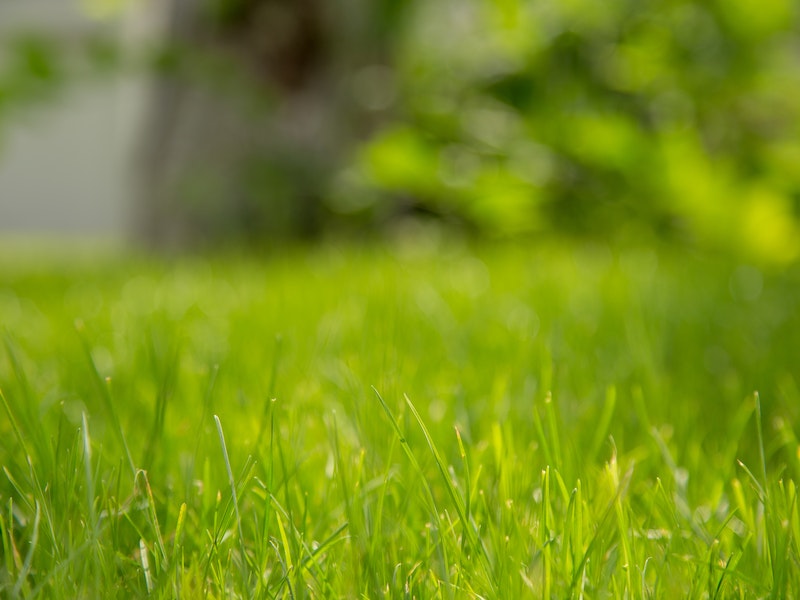
Photo Credit: Pexels
This warm-season grass covers most of our sports fields, golf courses, play areas, and other high-traffic sites. Owing to its fast-growing habit and tough nature, it’s a popular grass type for Columbia lawns too.
Bermudagrass is tolerant to drought, heat, salt, and a wide range of soil pHs. It spreads by underground rhizomes and stolons and develops into a dense, thick, and green lawn. The density of grass blades also crowds out weeds naturally, while the quick growth rate makes sure recovery from foot traffic and wear is negligible.
This grass requires full, bright sun, so make sure your yard gets plenty of sunlight throughout the day if you’re considering Bermudagrass. Plus, the dense Bermudagrass turf also needs regular dethatching.
Spreads by: Rhizomes and stolons
Drought tolerance: High
Shade tolerance: Low
Foot traffic tolerance: High
Maintenance needs: High
Potential for disease: Moderate
Recommended mowing height: 1.5 to 2.5 inches
Pros:
- Appropriate for transition zones
- Deep roots that make it drought-tolerant
- Excellent foot-traffic tolerance
- Comes in many varieties
- Can be established with plugs, sod, sprigs, and seed
Cons:
- Doesn’t tolerate cold well, although new varieties have developed better cold tolerance
- Needs a lot of maintenance
- Might develop thatch
3. Centipedegrass
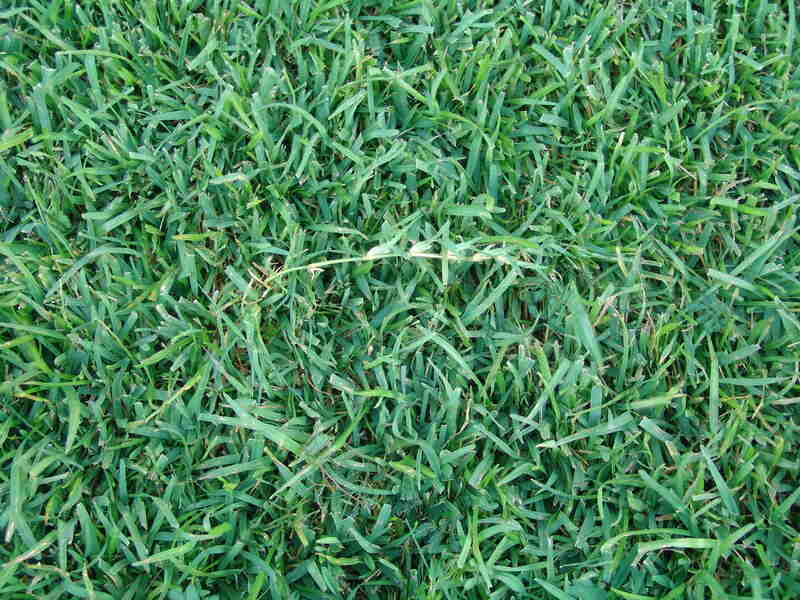
Photo Credit: James Becwar JamesBecwar / Wikimedia Commons / CC0
This grass type is perfect for those looking for low-maintenance grass. But there’s a tradeoff: Centipedegrass doesn’t tolerate foot traffic real well.
It spreads by stolons and grows slowly, so it might even take years to establish from seed. Centipedegrass lawns are typically yellow-green, which might tempt homeowners and gardeners to apply nitrogen fertilizer to bring about a richer green. Don’t. Over-fertilization will only increase the need for grass maintenance, spur thatch, and reduce cold tolerance.
If you want a green garden during the winter, centipedegrass might not be suitable for you. This grass type doesn’t generally do well with overseeding and cold weather. But centipede lawns are fairly drought tolerant, accept shade, and won’t cause grass tunneling in flower beds due to their stolon growth.
Spreads by: Stolons
Drought tolerance: Moderate
Shade tolerance: Low to moderate
Foot traffic tolerance: Low
Maintenance needs: Low
Potential for disease: Moderate
Recommended mowing height: 1 to 2 inches
Pros:
- Needs very little fertilizer
- Low incidence of disease and pest problems
- Drought-tolerant
- Can grow from plugs and sod
Cons:
- Slow-growing
- Doesn’t handle foot traffic well
4. St. Augustinegrass
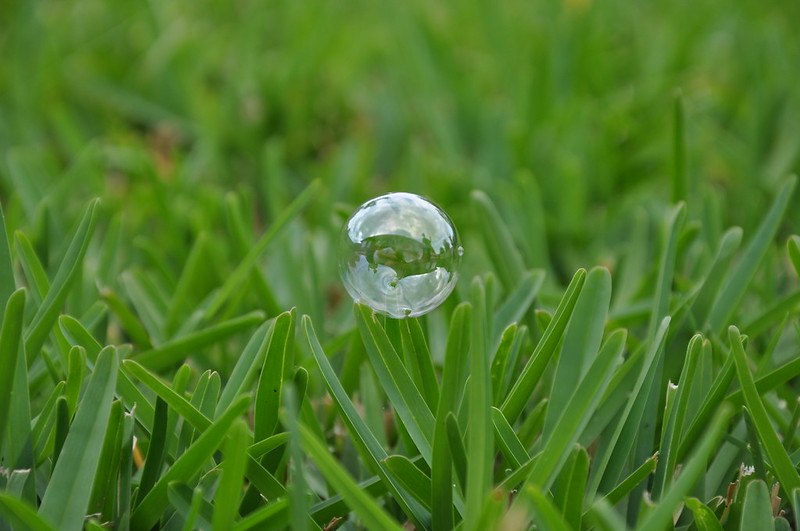
Photo Credit: Jay Morgan / Flickr / CC BY-ND 2.0
This is a coarse-textured grass that develops a broad-leafed, thick turf. It creates a cushioned, dense lawn from plugs and sod. St. Augustinegrass seeds are not available commercially since it doesn’t produce enough viable seeds, so it might be hard to find St. Augustine seeds at your local gardening store.
St. Augustinegrass tolerates salt and withstands shade better than most other warm-season turf grasses. It can also tolerate extreme heat and grow in various types of soil, as long as it is well-drained. But it’s the least cold-tolerant of all warm-season grasses.
Spreads by: Stolons
Drought tolerance: Moderate to low
Shade tolerance: Moderate
Foot traffic tolerance: Low
Maintenance needs: High
Potential for disease: High
Recommended mowing height: 2.5 to 3 inches
Pros:
- Shade-tolerant
- Lush, dense appearance
- Can be developed from seeds and sod
Cons:
- Greens up pretty late in the spring
- Low-foot traffic tolerance
3 Cool-season Grasses for Columbia
Cool-season grasses thrive in areas where winters are long and summers are shorter. Columbia weather doesn’t favor every cool-season turf type, only a few manage to survive. They’re built to grow in shaded areas and withstand the cold weather without freezing.
Let’s take a look at three cool-season grasses that you can plant in your Columbia lawn:
1. Tall Fescue
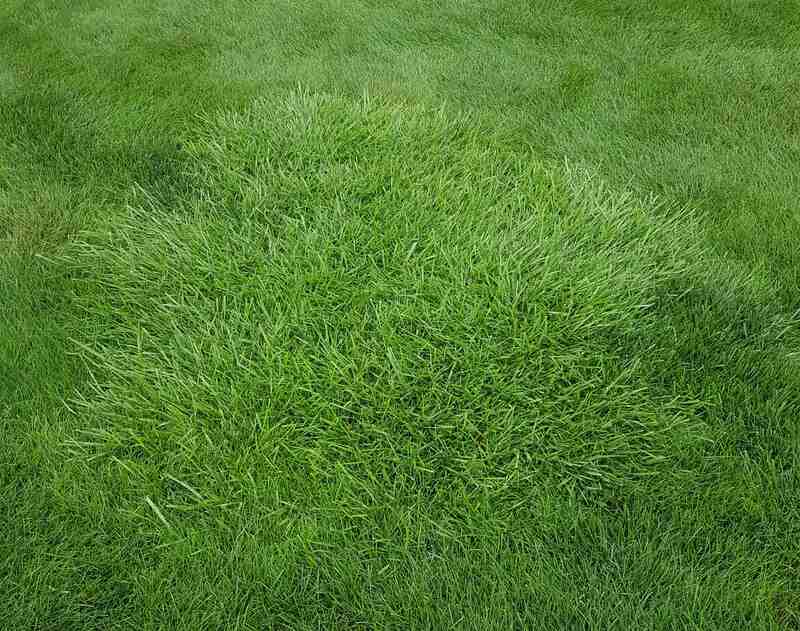
Photo Credit: Ty Haller / Flickr / CC BY 2.0
This cool-season grass is a drought-resistant, durable turf that doesn’t need strict maintenance. It will survive on low fertilization and in poor soil conditions, too. Plus, it’s hardy enough to withstand lots of outdoor activity.
It will be a great addition to your Columbia lawn since it maintains its medium to dark green color from early spring till late fall. Generally, tall fescue resists disease and insects but might fall prey to them if over-fertilized or over-watered.
Spreads by: Bunch-type
Drought tolerance: Moderate
Shade tolerance: Moderate
Foot traffic tolerance: Moderate to high
Maintenance needs: Very low
Potential for disease: Low
Recommended mowing height: 2 to 4 inches
Pros:
- Pest and disease resistant
- Great for busy areas
- Stays green longer
- Can grow in nutrient-poor soil
Cons:
- Slow growth
- Prefers direct sunlight for better turf
2. Kentucky Bluegrass
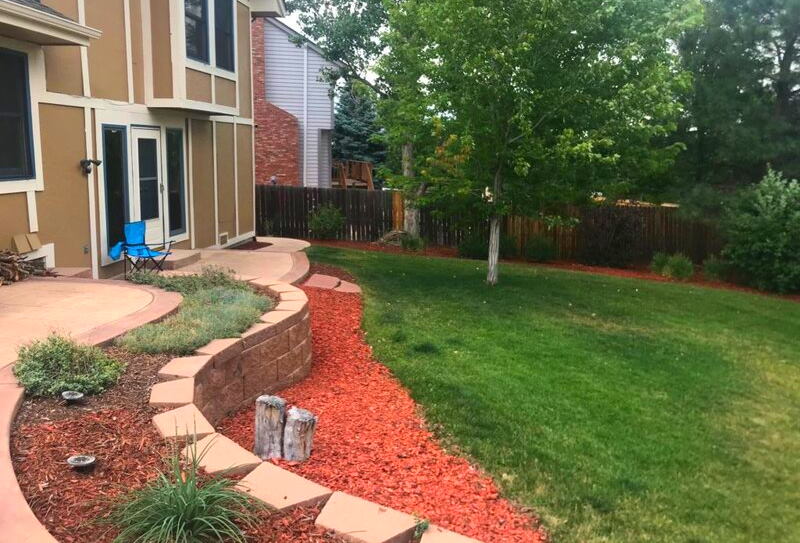
Photo Credit: Brenda Ryan / Wikilawn
Kentucky bluegrass is a popular choice across the U.S. due to its picture-perfect deep-green appearance. It’s a fine-textured, dense grass that withstands cold winters pretty well. Colors may vary from blue-green to emerald depending on the type you choose.
But all this comes at a price: Kentucky bluegrass is very high maintenance. This grass type requires more fertilizer, herbicide, and water than any other cool-season grass. In addition to being pleasing to the eyes, Kentucky bluegrass is also easy on the feet. However, too much foot traffic will cause damage to the turf.
Spreads by: Rhizomes
Drought tolerance: Moderate
Shade tolerance: Moderate
Foot traffic tolerance: Low to moderate
Maintenance needs: High
Potential for disease: High
Recommended mowing height: 2 to 3 inches
Pros:
- Quick recovery from wear
- Creates a strong lawn
- Produces comfortable barefoot turf
Cons:
- Goes dormant during drought
- Requires regular fertilization
- Produces a lot of thatch
3. Perennial Ryegrass

Photo Credit: Dr Mary Gillham Archive Project / Flickr / CC BY 2.0
This grass type can be planted as a single-grass lawn (monostand) or mixed with Kentucky bluegrass to enhance its disease- and traffic resistance. It’s a popular choice for many homeowners because it has the ability to suppress weeds, germinate quickly, and retain a lovely green color in winter.
Its tapered blades give a tufted, shiny appearance and have a pale green hue. Its fine-textured blades need regular maintenance to give it a kept look. Perennial ryegrass can bear considerable foot traffic but it doesn’t self-repair and needs reseeding to recover.
Spreads by: Bunch-type
Drought tolerance: Low
Shade tolerance: Low
Foot traffic tolerance: High
Maintenance needs: Moderate to low
Potential for disease: High
Recommended mowing height: 2 to 3 inches
Pros:
- Not prone to thatch
- Quick germination time
- Maintains a medium to dark green color
- Soft and comfortable to walk barefoot on
Cons:
- Susceptible to diseases
- Low shade tolerance
- Slow to recover from damage
Frequently asked questions about Columbia grasses
Zoysiagrass is a popular, low-maintenance grass type that won’t ask for much. It tolerates foot traffic, is drought-resistant, and does not require a lot of fertilizing and water.
Centipedegrass is one of the most popular grasses in South Carolina because of its ability to create thick, lush lawns with minimal maintenance. It’s well-adapted to the soil type and climate of this region and has developed a lighter color and medium texture to it.
Bermudagrass is the fastest-growing grass seed with a germinating time of as little as just 10 days.
Choosing the right grass type for your Columbia landscape
Trying to build or maintain a healthy lawn in Columbia can be challenging, but it’s quite much easier if you choose the appropriate grass type for our climate.
It’s safe to say that Zoysiagrass is the best pick for your Columbia lawn. It has the ability to thrive through varying weather conditions and is great in sun as well as shade. For cool-season turf, Kentucky bluegrass and Tall fescue are some great options.
If you’re confused or want someone to help you set the lawn up, call one of our lawn care pros for help and advice.
Main Photo Credit: University of South Carolina Horseshoe / Dfscgt21 / Wikimedia Commons / CC BY-SA 3.0